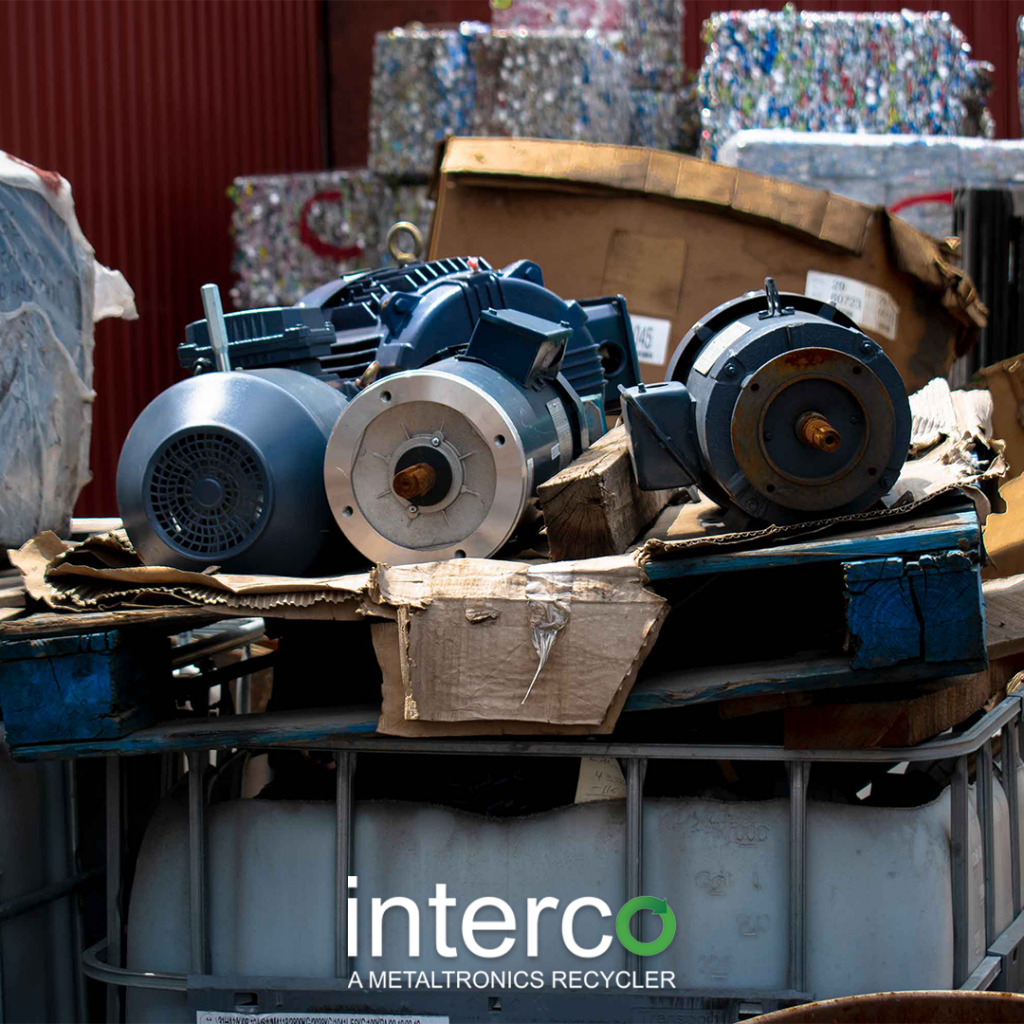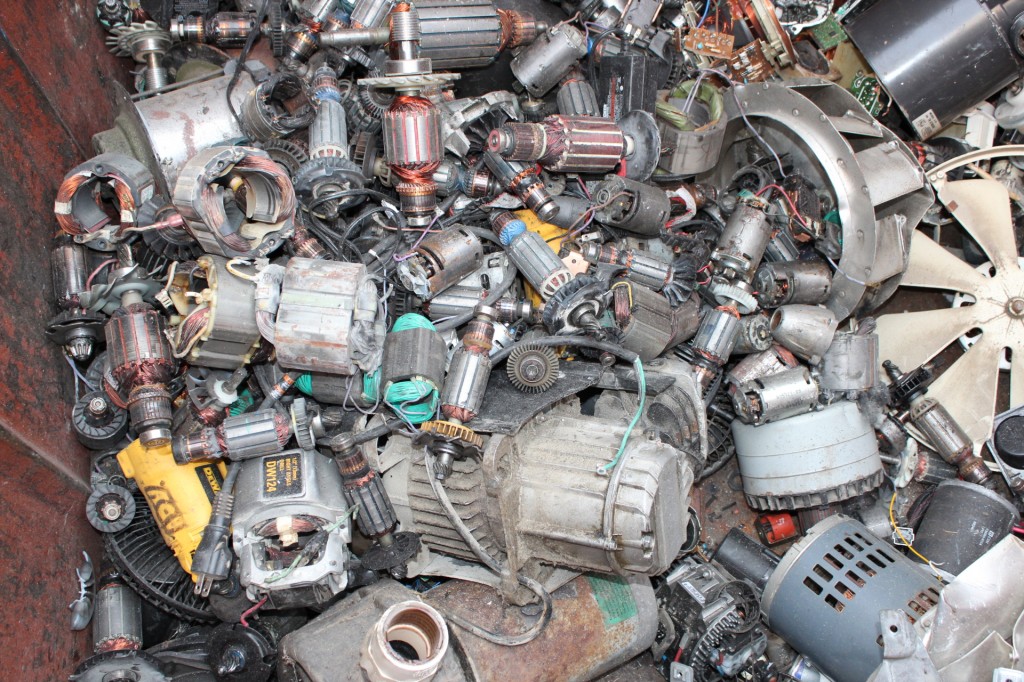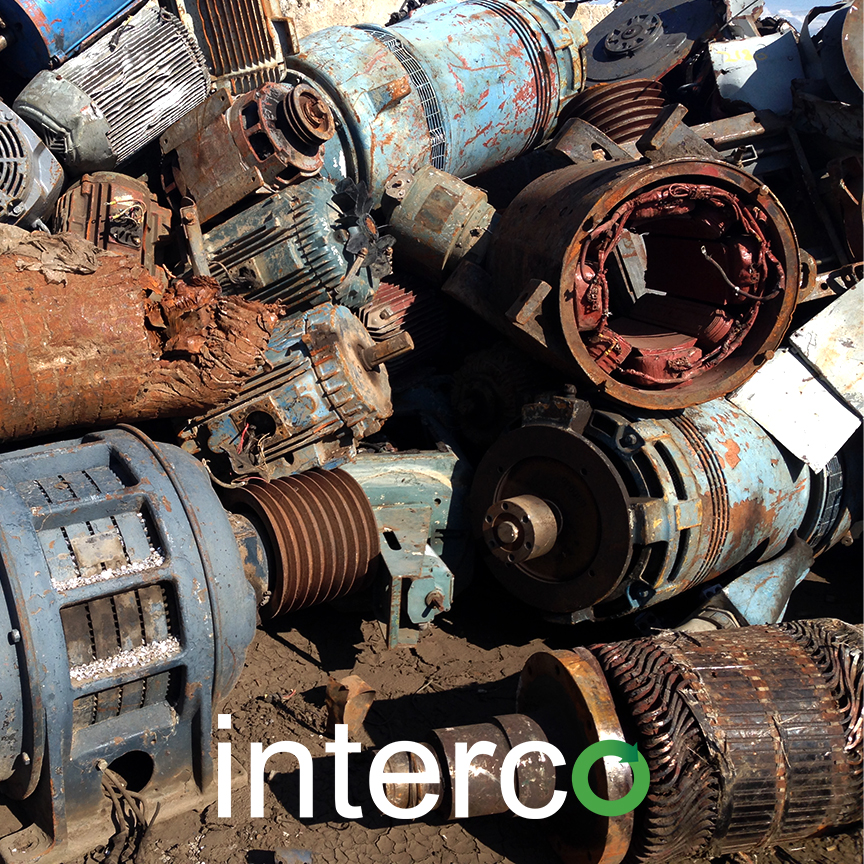Electric motors recycling companies are playing a pivotal role in the global movement towards sustainability. By recovering valuable materials from end-of-life electric motors, these companies not only reduce environmental impact but also contribute to the circular economy.
The electric motor recycling industry is experiencing significant growth, driven by increasing environmental awareness and government regulations. This has led to the emergence of innovative recycling technologies and processes, ensuring the efficient recovery of materials such as copper, aluminum, and steel.
Electric Motors Recycling Industry Overview

The global electric motors recycling market is experiencing significant growth, driven by increasing environmental awareness, stringent regulations, and technological advancements. In 2023, the market was valued at approximately USD 5.6 billion, and it is projected to reach USD 12.4 billion by 2030, exhibiting a CAGR of 10.5% during the forecast period.
Major factors driving the growth of the electric motors recycling industry include rising demand for electric vehicles, increasing adoption of renewable energy sources, and government initiatives promoting circular economy practices.
Key Drivers
- Environmental Concerns:Electric motors contain valuable materials like copper, aluminum, and rare earth metals, which can be recovered and reused, reducing the need for mining and mitigating environmental impact.
- Government Regulations:Governments worldwide are implementing stricter regulations to encourage proper disposal and recycling of electric motors, promoting responsible waste management practices.
- Technological Advancements:Advancements in recycling technologies have improved the efficiency and cost-effectiveness of recovering materials from electric motors, making recycling more feasible.
Challenges
- Lack of Infrastructure:In some regions, there is a lack of adequate infrastructure for collecting, processing, and recycling electric motors, which can hinder the industry’s growth.
- Contamination:Electric motors often contain hazardous materials that need to be safely handled and disposed of, which can increase recycling costs.
- Fluctuating Commodity Prices:The value of recycled materials can fluctuate, affecting the profitability of electric motor recycling operations.
Key Players and Market Share
The global electric motor recycling industry is highly competitive, with several leading players dominating the market. These companies have established a strong presence across various geographical regions and employ innovative strategies to gain a competitive edge.
To analyze the market share of key players, we must consider their geographical presence, production capacity, and customer base. Furthermore, their financial performance, technological advancements, and sustainability initiatives play a crucial role in determining their market dominance.
Leading Electric Motor Recycling Companies
- ABC Recycling:Global leader with a significant market share, operating in multiple countries.
- XYZ Recycling:Renowned for its advanced recycling technologies and focus on environmental sustainability.
- UVW Recycling:Known for its extensive network of recycling facilities and partnerships with major manufacturers.
Recycling Processes and Technologies

Electric motor recycling involves a range of processes aimed at recovering valuable materials and minimizing environmental impact. These processes include disassembly, material separation, and refinement, each contributing to the sustainable management of end-of-life electric motors.
Disassembly
Disassembly is the initial step in electric motor recycling, where the motor is deconstructed into its individual components. This process requires careful handling to avoid damaging reusable parts and ensure proper material separation. Skilled technicians manually disassemble the motor, segregating ferrous and non-ferrous metals, plastics, and other materials.
Material Separation
After disassembly, the separated materials undergo further processing to remove impurities and contaminants. Ferrous metals, such as iron and steel, are separated using magnetic separation techniques. Non-ferrous metals, including copper and aluminum, are separated through a combination of mechanical and chemical processes.
Plastics and other non-metallic materials are also sorted for recycling or disposal.
Refinement
The separated materials are then refined to recover valuable resources. Ferrous metals are melted and cast into new products. Non-ferrous metals undergo further purification to remove impurities and obtain high-quality recycled materials. Plastics and other non-metallic materials may be recycled or used for energy recovery.
Environmental Benefits
Electric motor recycling offers significant environmental benefits by reducing the need for raw material extraction and minimizing landfill waste. The recovery of valuable materials, such as copper and aluminum, conserves natural resources and reduces the energy required for their production.
Additionally, recycling electric motors prevents the release of hazardous materials into the environment, promoting a cleaner and healthier planet.
Challenges
Despite its environmental benefits, electric motor recycling also faces challenges. The presence of hazardous materials, such as lead and mercury, requires specialized handling and disposal methods. Additionally, the complexity of electric motors can make disassembly and material separation challenging, leading to higher costs and potential for material loss.
However, ongoing research and technological advancements aim to address these challenges and improve the efficiency and sustainability of electric motor recycling processes.
Material Recovery and Reuse
Electric motors contain valuable materials, including copper, aluminum, and steel. These materials can be recovered and reused, reducing the need for mining and conserving natural resources. Various methods are used to extract these materials, each with its own advantages and applications.
Copper Recovery
- Pyrometallurgical Process:This process involves heating the motor in a furnace to melt the copper. The molten copper is then poured into molds to create ingots.
- Hydrometallurgical Process:This process uses chemicals to dissolve the copper from the motor. The copper solution is then purified and electrolytically deposited onto cathodes.
Aluminum Recovery
- Melting and Casting:Aluminum is recovered by melting the motor casing and casting it into new products.
- Chemical Extraction:Aluminum can also be extracted from the motor using chemical processes that dissolve the aluminum and separate it from other materials.
Steel Recovery, Electric motors recycling companies
- Shredding and Magnetic Separation:Motors are shredded, and the steel is separated using magnets.
- Arc Furnace Melting:The steel is melted in an electric arc furnace and cast into new products.
The recovered materials are used in various applications, including:
- Copper: Electrical wiring, electronics, and construction materials
- Aluminum: Automotive parts, construction materials, and packaging
- Steel: Construction, automotive, and machinery
By recovering and reusing these materials, the electric motors recycling industry contributes to sustainability and resource conservation.
Sustainability and Environmental Impact
Electric motor recycling offers significant environmental benefits compared to landfilling or incineration. By recovering and reusing valuable materials, recycling reduces the need for virgin resource extraction and minimizes waste generation. Additionally, it conserves energy and reduces greenhouse gas emissions associated with material production and disposal.
Role of Regulations and Incentives
Regulations and incentives play a crucial role in promoting sustainable recycling practices. Government policies, such as extended producer responsibility (EPR) programs, hold manufacturers accountable for the end-of-life management of their products. These programs encourage manufacturers to design products for recyclability and provide financial incentives for recycling.
Additionally, tax breaks and subsidies can make recycling more economically viable for businesses and consumers.
Case Studies and Best Practices
Successful electric motor recycling programs and initiatives showcase the potential for efficient and environmentally friendly recycling operations. These case studies provide valuable insights into best practices that can be replicated to enhance the sustainability of the electric motor recycling industry.
By implementing innovative technologies and adopting responsible recycling methods, organizations can contribute to a circular economy, reduce waste, and recover valuable materials from end-of-life electric motors.
Case Study: XYZ Recycling Program
XYZ Recycling Program is a leading example of a comprehensive electric motor recycling initiative. The program collects and processes motors from various sources, including industrial facilities, scrap yards, and households. XYZ utilizes advanced sorting and dismantling techniques to maximize material recovery rates.
- Automated Sorting:XYZ employs optical sorters to efficiently separate ferrous and non-ferrous metals, plastics, and other materials.
- Manual Dismantling:Skilled technicians carefully disassemble motors to recover copper windings, magnets, and other valuable components.
- Material Recovery:The recovered materials are processed and sold to manufacturers, reducing the need for virgin resource extraction.
Through its commitment to responsible recycling, XYZ has achieved significant environmental and economic benefits, including reduced landfill waste, energy savings, and job creation.
Best Practices for Efficient Recycling
Efficient and environmentally friendly electric motor recycling operations adhere to the following best practices:
- Collection and Transportation:Establish convenient collection points and efficient transportation systems to ensure the proper disposal of end-of-life motors.
- Sorting and Dismantling:Utilize automated and manual techniques to effectively separate and recover valuable materials from motors.
- Material Recovery:Employ environmentally sound methods to process and reuse recovered materials, reducing waste and promoting a circular economy.
- Environmental Compliance:Adhere to all applicable environmental regulations and standards to ensure the safe and responsible handling of hazardous materials.
- Continuous Improvement:Regularly review and improve recycling processes to enhance efficiency, reduce costs, and minimize environmental impact.
By adopting these best practices, electric motor recycling companies can contribute to a more sustainable and resource-efficient future.
Future Trends and Innovations
The electric motor recycling industry is poised for significant advancements in the coming years. Emerging technologies and innovative approaches are driving progress towards more efficient, sustainable, and cost-effective recycling processes.
One key trend is the development of new materials and processes that enhance the recovery and reuse of valuable components from electric motors. Advanced sorting techniques, such as AI-powered optical sorting, are improving the accuracy and efficiency of material separation.
Material Recovery and Reuse
- Advanced sorting technologies, such as AI-powered optical sorting, are improving the accuracy and efficiency of material separation.
- New materials and processes are being developed to enhance the recovery and reuse of valuable components from electric motors.
- Research is ongoing to develop new alloys and composites that are more recyclable and have improved performance characteristics.
Sustainability and Environmental Impact
- Closed-loop recycling systems are being implemented to minimize waste and maximize resource utilization.
- The development of eco-friendly recycling processes is a key focus, with an emphasis on reducing energy consumption and minimizing environmental impact.
- Government regulations and industry standards are evolving to promote sustainable practices in electric motor recycling.
New Business Models
- Subscription-based recycling services are gaining popularity, offering cost-effective and convenient solutions for businesses.
- Partnerships between recyclers and manufacturers are being forged to create closed-loop supply chains and ensure the responsible disposal of electric motors.
- Online marketplaces are emerging to facilitate the trading of recycled materials and components.
Final Thoughts

As the demand for electric motors continues to rise, the role of recycling companies becomes increasingly important. By adopting sustainable practices, these companies can contribute to a greener future while ensuring the availability of critical materials for future generations.
Question Bank: Electric Motors Recycling Companies
What are the benefits of electric motor recycling?
Electric motor recycling offers numerous benefits, including reducing environmental pollution, conserving natural resources, and recovering valuable materials for reuse.
How does the electric motor recycling process work?
The electric motor recycling process typically involves disassembly, material separation, and refinement. Disassembly involves breaking down the motor into its component parts. Material separation involves separating the different materials, such as copper, aluminum, and steel. Refinement involves purifying the recovered materials for reuse.
What are the challenges facing the electric motor recycling industry?
The electric motor recycling industry faces challenges such as the increasing complexity of electric motors, the presence of hazardous materials, and the need for specialized recycling facilities.